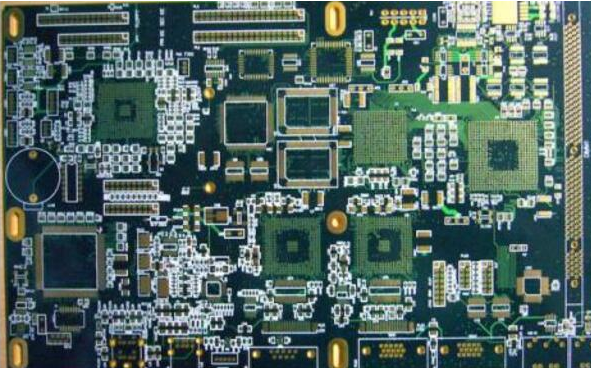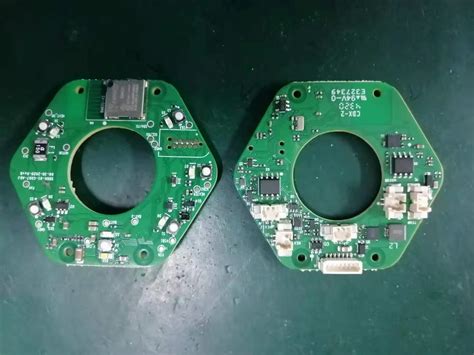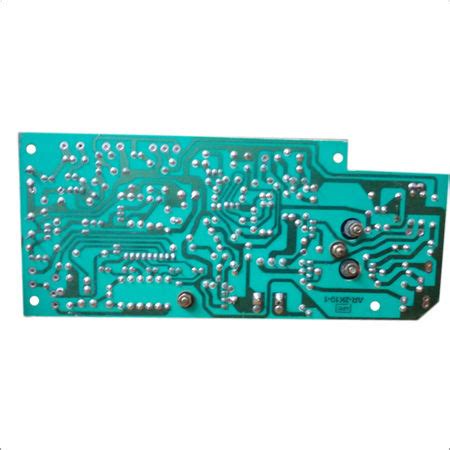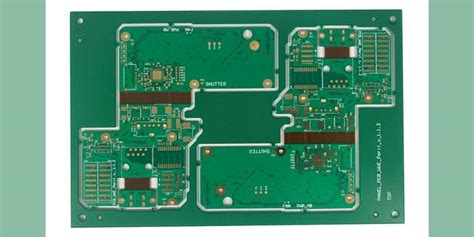How to distinguish “via cover oil” and “via window” in PCB design?
Regarding “via window” and “via cover oil” (the difference between the usage of PAD and VIA), many customers and design engineers often ask what this means when placing orders in the system, and which option should I choose for my file?
The following is an explanation of this problem:
I often encounter such problems. The file design is not standard, and it is unclear which is the pad and which is the via. Sometimes the conductive hole is processed with the pad attribute, and sometimes the key hole is processed with the via attribute.
The VIA attribute and PAD attribute design are confusing, resulting in incorrect processing. This is also one of the common complaints. For circuit board production factories, when processing CAM data, some engineers who process film will make mistakes because of the non-standard design files of customers; occasionally some engineers will help customers modify the files, make the non-standard design correct, and process the engineering data based on their own experience, which will lead to and contribute to the non-standard design of customers.
Hereby explain: All engineers must pay attention to design standards and specifications. All engineers who process film are kindly requested to keep the status of customer files as much as possible, and to process according to design specifications and standards as much as possible, and not according to experience. Show the problem, so that it can be a reference for all design engineers, improve design quality and reduce the occurrence of problems!
This article mainly explains the connection between conductive holes, keyholes, and protel/pads/ and geber files.
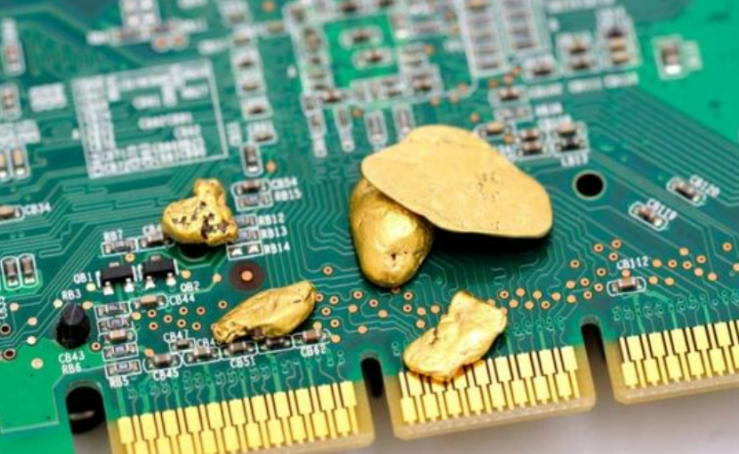
Several problems that are particularly prone to conductive holes, via keyholes, and pads:
1.During the conversion process of via, problems may occur due to non-standard design or unclear setting rules for conversion of gerber by design engineers.
When you send a gerber file, the manufacturer cannot distinguish which are vias and which are keyholes. The only thing that can be identified is processing according to the file, where there is a solder layer, there is a window. Point of dispute: I want oil-covered vias, and now there is a window, which may cause a short circuit. When this problem occurs, you need to check the file, because the gerber file is a film file, and the factory has no way to check whether it is a conductive hole or a key hole. Check whether the gerber file has a soldering layer. If it does, open a window, if not, cover it with oil.
2.Pads and vias are mixed, which leads to problems.
When the file is pads or protel and sent to the factory, it requires via cover oil. Be sure to check carefully whether the plug-in hole (pad) also uses via, otherwise the plug-in hole will also be covered with green oil, which will cause welding failure. Point of dispute: The plug-in hole must be sprayed with tin on it, so how can it be covered with oil? In the same situation, you still have to check the file first, whether it is designed with pads or vias.
When the file is pads or protel and sent to the factory, the order requires via cover oil, but many customers use pads (plug-in holes) to represent conductive holes, which leads to windows in conductive holes. Maybe you want via capping oil, and then the point of dispute may be: I want conductive via capping oil, why is it opened? At this time, you still need to check whether the file design is standardized.
Jiepei PCB Prototyping Factory hereby explains that if it is via, it should be treated as via, and if it is pad, it should be treated as pad. Because no one will know which is the conductive hole and which is the plug-in hole, and via and pad are the only identifiers, please know.
3.How to design via capping oil in protel or pads?
In protel, there is a tenting option in the via attribute. If it is checked, it must be capping oil, and the transferred gbrber file will be all capping oil; in pads, the pads file transfer method is to cover the via (via): when outputting the soldermask, that is, the solder mask layer, just check the solder mask top —— the via below, which means that all vias have windows, and if it is not checked, the via capping oil is used.
To sum up: pad is made as pad, its own attribute is plug-in hole; via has two options, if the original file is provided, you can choose when placing an order, if the gerber file is provided, be sure to check whether the gerber file meets your requirements

